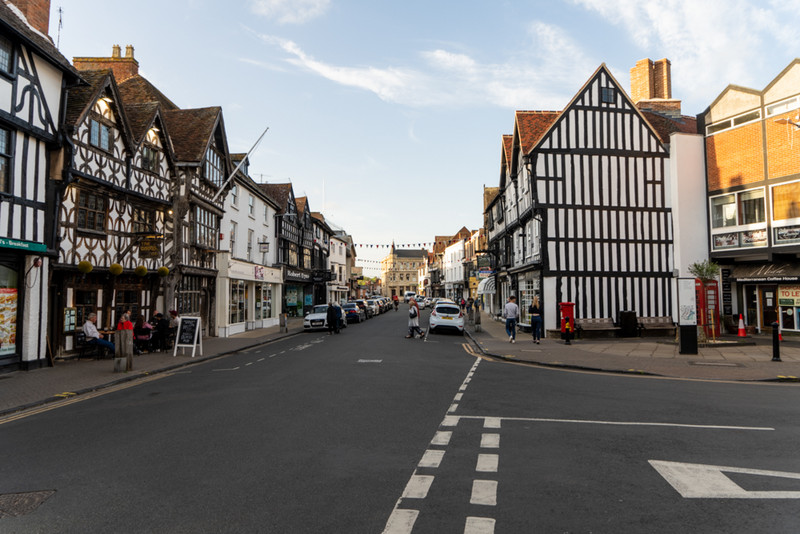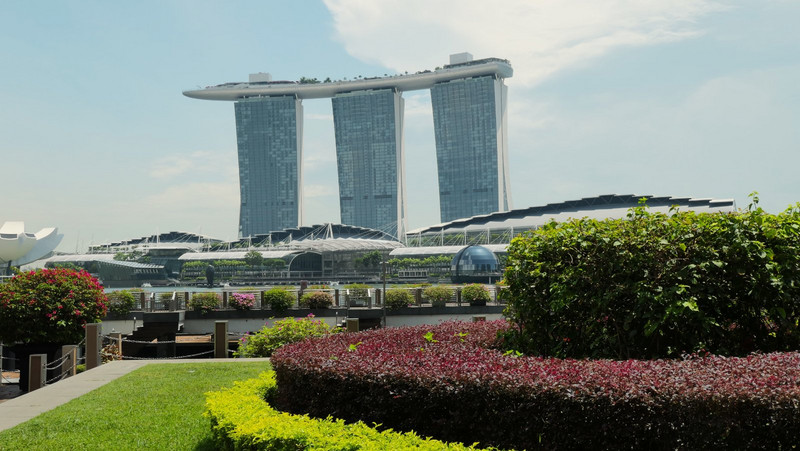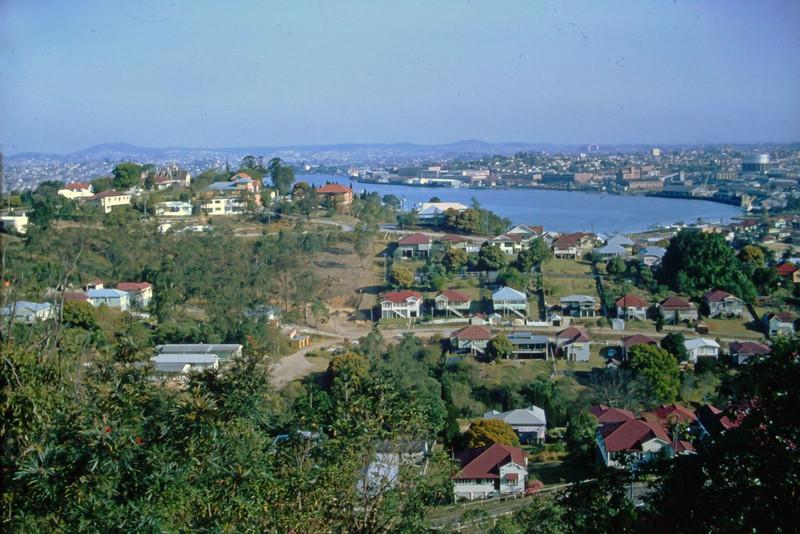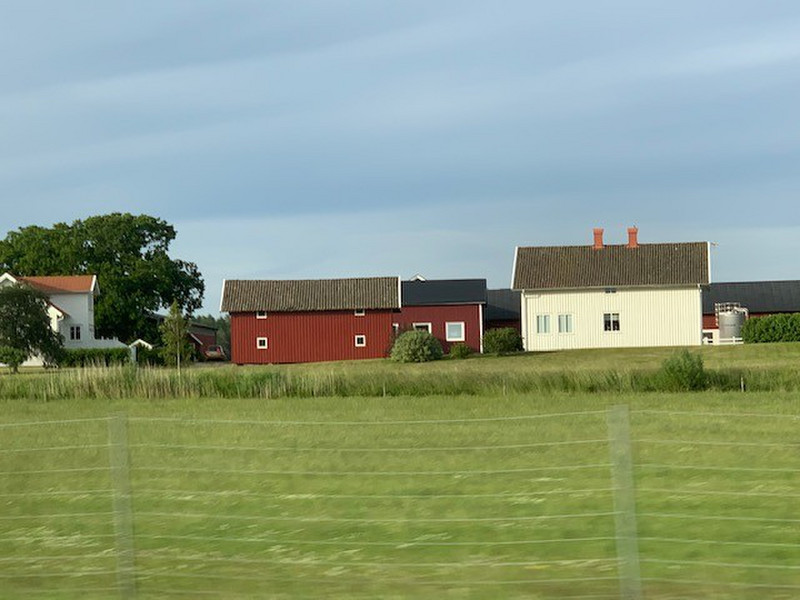After our night in Stratford, and some difficulty finding a place for dinner without prior reservations, we set out early to see the Shakespearean sights.
There is evidence of Roman settlements in the general area of the town, and then subsequently the area was inhabited by the Britons and then the It was an important place to ford the Avon River (Stratford = street ford). In 1196 the king granted the town the right to hold a regular market, and this designation as a market town allowed it to assume greater local prominence. Located on the north fringe of the Cotswolds with its large sheep production, Stratford naturally became a center for tanning. A side effect was the emergence of various trades using the tanned hides. One such trade was and one of the prominent practitioners of the trade in the century was John Shakespeare. In 1547 he married Mary Arden, and together they had 8 children, one of whom would go on to a writer who is widely recognized as the greatest in the world. Between about 1589 and 1613 he wrote 39 plays, 154 sonnets, 3 long narrative poems, and scattered other pieces. Much
of this output is recognized as among the finest works of literature in the English language. He also acted in many, perhaps most, of the plays, and his output made him very wealthy. He retired back to Stratford at age 49, and died at age 52. He married the 26 year old Anne Hathaway when he was 18, with evidence the marriage was rushed, possibly explained by the birth 6 months later of a daughter. His genetic line did not get paste next generation, and no descendants exist.
Shakespeares plays were continually performed, but he was not revered until 1769 when the actor David Garrick stage a festival in Stratford to celebrate the 200th anniversary of Shakespeares birth, albeit 5 years late. This revived interest, and Shakespeare is now the epochal figure that he is. Obviously, I could go on forever about Shakespeare, but countless others have done that much better than I could hope to.
We visited the Shakespeare birthplace museum, which has largely been preserved, and has been outfitted with props that illustrate the glove making trade among other things. One interesting exhibit is a window which has been removed and replaced, with the older windows
showing names of previous visitors scratched into the panes, including such personages as Sir Walter Scott and Thomas Carlyle. There is also reproduction furniture and furnishings of the century. All in all, only moderately interesting. We then visited the cottage of Anne Hathaway, a couple of miles distant.
Although the term cottage is used, it is actually a significantly larger home than that term would 12 rooms and an attached 90 acres of arable farmland. Annes father was a yeoman farmer, meaning he owned his land and farmed it, rather than being a tenant farmer. Hathaway married Shakespeare at age 26, and was already pregnant at the time of the marriage, and delivered their first child 6 months after the marriage. Much has been made of this fact, but this at the time. The couple may have handfasted prior to the marriage. Handfasting was a legally binding form of betrothal. Some biographers have made much of the fact that Shakespeare chose to leave Hathaway behind in Stratford while he went to London to pursue his career as an actor and playwright. However, others have pointed out that when he retired he chose to return
to Hathaway and Stratford rather than staying in London, and that he returned to Stratford at least annually in the meantime. Whatever the relationship between the two was, there is no evidentiary reason to think it was other than a normal marriage, and continued until his death. Hathaway died 7 years later and is buried beside him. The cottage remained in the ownership of the family until 1846, when financial problems forced the family to sell it after more than 300 years of ownership.









